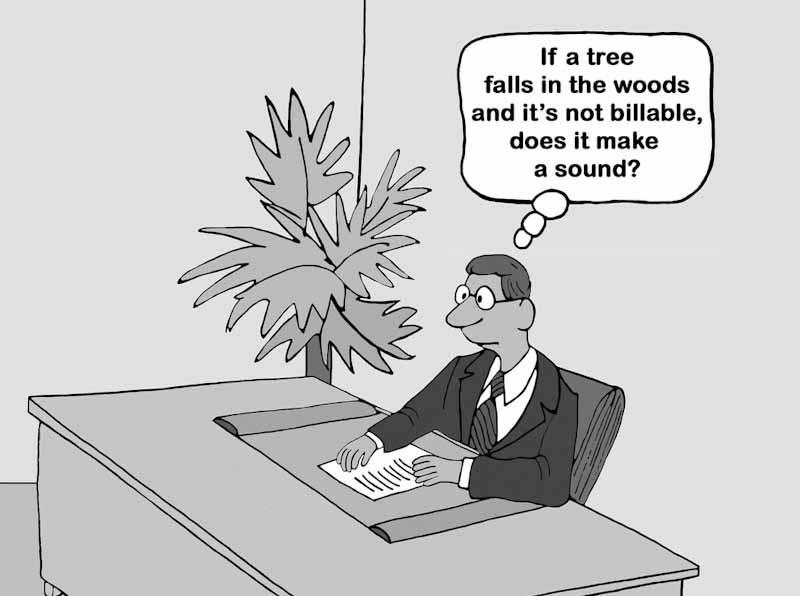That suicide is related to workplace mental health pressures and illnesses is undisputed, but the more independent analysis on the topic, the more complex the causes become. Sometimes, suicide can be a conscious decision, still due to socioeconomic factors but factors that are not necessarily diagnosed or treated with mental health conditions.
[This article discusses suicide risks]
This reality complicates, and should complicate, strategies for the prevention of suicide. Recently, Australia’s National Farmers’ Federation (NFF) submitted its pre-budget wishlist to the government. This submission included action on suicide and mental health but in traditional ways.







